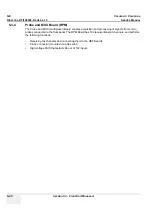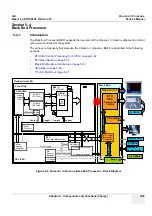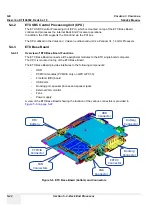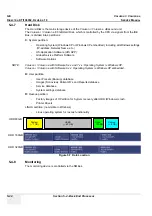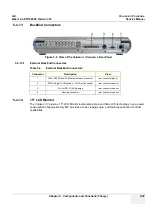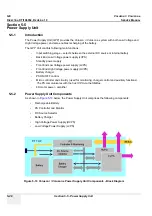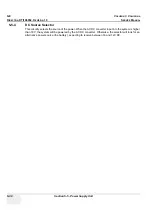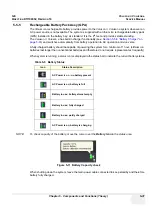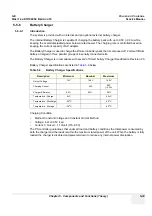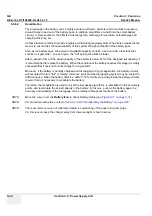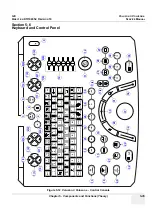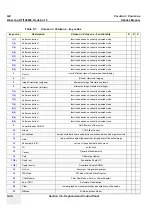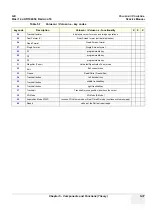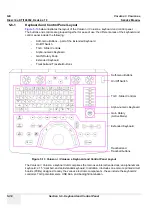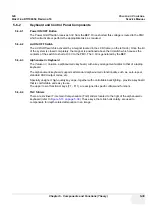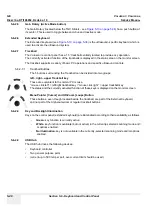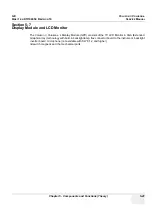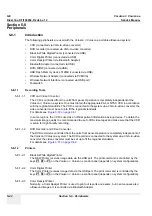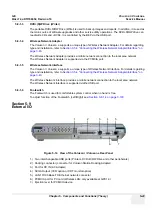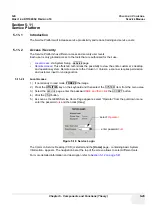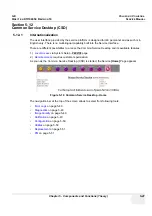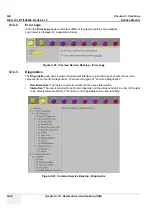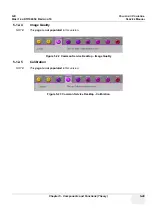
GE
V
OLUSON
i / V
OLUSON
e
D
IRECTION
KTI106052, R
EVISION
10
S
ERVICE
M
ANUAL
5-34
Section 5-5 - Power Supply Unit
5-5-6-2
Recalibration
The fuel gauge in the battery uses a highly accurate voltmeter, ammeter and time clock to measure
actual charge in and out of the battery pack. In addition, algorithms are built into the smart-battery
circuitry to compensate for the effects of discharge rate, discharge temperature, self-discharge and
charging efficiency,
etc.
All these factors combine to provide a highly accurate fuel gauging system. What is also required is the
means to ensure the continued reliability of this system throughout the life of the battery pack.
Also, as the battery ages, the amount of available capacity shrinks - like a car with a fuel tank that
shrinks as it gets older - so each cycle, the "full" point gets a little bit lower.
After a period of time, if the actual capacity of the battery is below 40% of the designed full capacity, it
is recommended to replace the battery. When the condition of the battery reaches this stage it is visibly
noticeable that it does not hold its charge for long periods.
Moreover, if the battery is partially charged and discharged during its application, the battery circuitry
will not detect the true "full" or "empty" reference point and the fuel gauging system may be subject to
drift during use. When the battery detects a drift of >10%, it will set up a flag inside the battery circuitry
to warn that it is necessary to recalibrate the battery.
Therefore, the recalibration is used to re-set the fuel gauge algorithms, re-establish the full and empty
points, and recalculate the actual capacity in the battery. In this way, even as the battery ages, the
accuracy and reliability of the fuel gauge can be retained throughout the life of the battery.
NOTE:
Move the cursor over the
Battery Icon
to check Battery status (see
Figure 5-11 on page 5-31
).
NOTE:
For procedure instructions, refer to
Section 3-6-4-2 "Recalibrating the Battery" on page 3-76
.
NOTE:
The most common cause of calibration failure is overheating of the pack during discharge.
For this reason, keep the charger away from direct sunlight or heat sources.
Summary of Contents for Voluson i BT06
Page 2: ......
Page 11: ...GE VOLUSON i VOLUSON e DIRECTION KTI106052 REVISION 10 SERVICE MANUAL ix ZH CN KO...
Page 44: ...GE VOLUSON i VOLUSON e DIRECTION KTI106052 REVISION 10 SERVICE MANUAL xlii Table of Contents...
Page 514: ...GE VOLUSON i VOLUSON e DIRECTION KTI106052 REVISION 10 SERVICE MANUAL IV Index...
Page 515: ......

